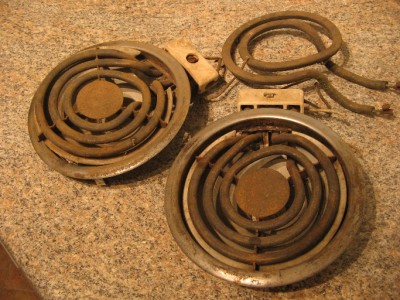Hello I need help repairing a 0-90vdc drive. I have powered it up and I get voltage at output to motor but it only varies from 65-90vdc instead of 0-90vdc. I tested pots and some other voltage areas.... I have a schematic I'll post.

Moderators note : cropped and rotared picture

Moderators note : cropped and rotared picture
Attachments
Last edited by a moderator:



